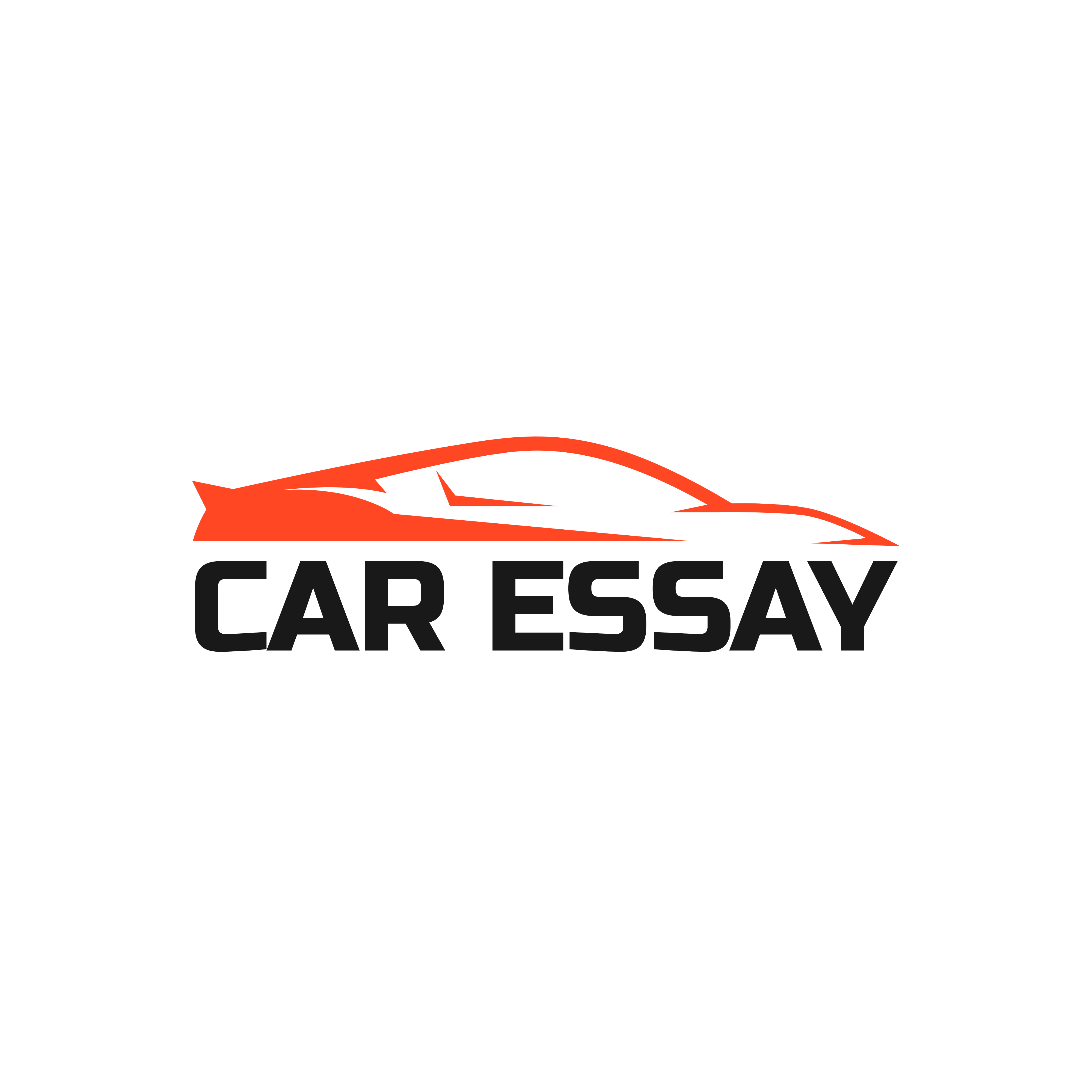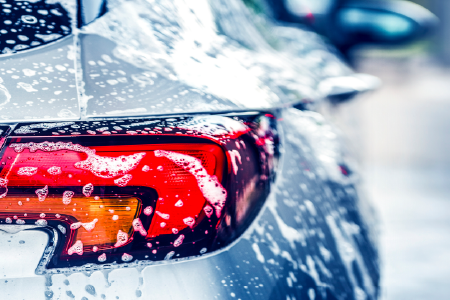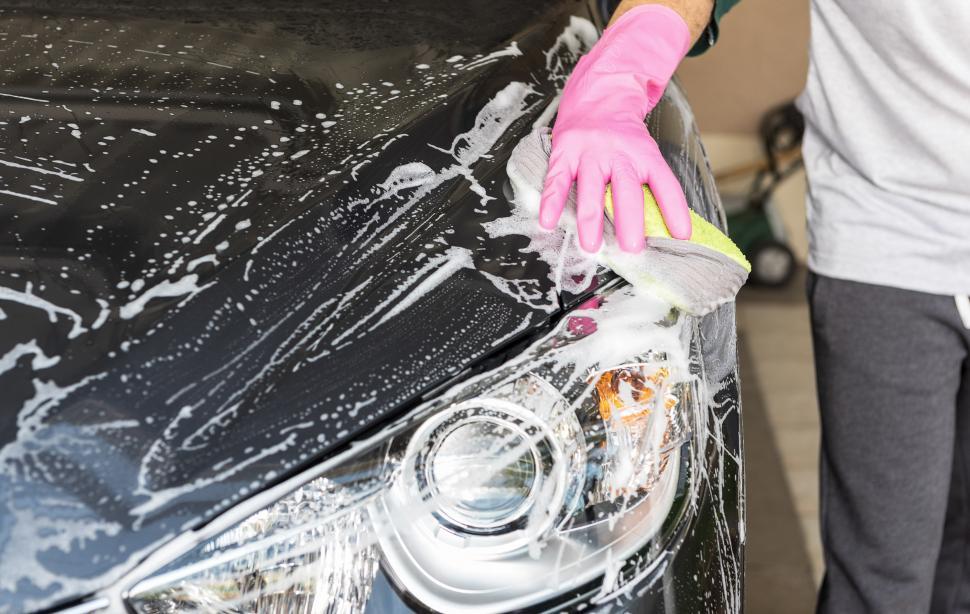
A car wash, or auto wash, is a facility used to clean the exterior and, in some cases, the interior of cars. Car washes can be self-service, full-service (with a car wash attendant), or fully automated (possibly connected to a filling station). Car washes can also be events where people pay to have their cars washed by volunteers, often using less specialized equipment, as a fundraiser.
Imagine your car getting a spa day—it’s not just about looking good; it’s about feeling refreshed on the inside. A car wash is like a makeover for your vehicle, removing dirt, grime, and dust from every nook and cranny. From a shiny exterior that turns to a clean interior that feels like new, it’s a treat for both you and your car. Professional car wash services go beyond a quick wash. They use special techniques and products to ensure a thorough and gentle cleaning, leaving your ride sparkling and rejuvenated. Treat your car to a spa day; it deserves it!
Categories Of Car Wash
- Self-service facilities
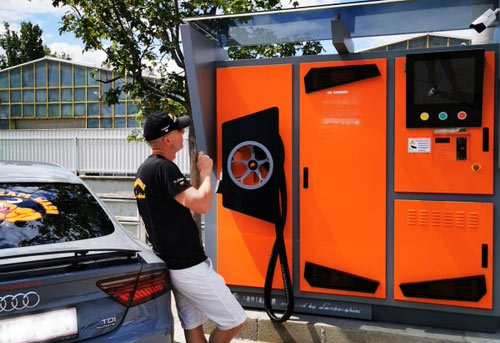
Usually coin-operated, the user manually washes the car with a water-dispersing wand and low-pressure brushes, including pressurized jet washing.
- In-bay automatics
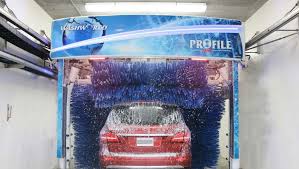
Add customer parking and an automatic wash machine that moves back and forth on a stationary vehicle. Located at filling stations and stand-alone wash sites.
- Conveyor or tunnel washes
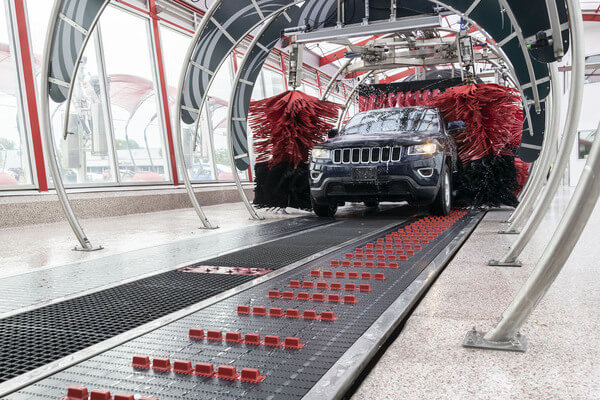
The vehicle moves on a conveyor belt through a series of fixed cleaning mechanisms while the customer waits outside. Friction (brushes or curtains) or frictionless (high-pressure nozzles and touch-wash) are used.
- Mobile car washes
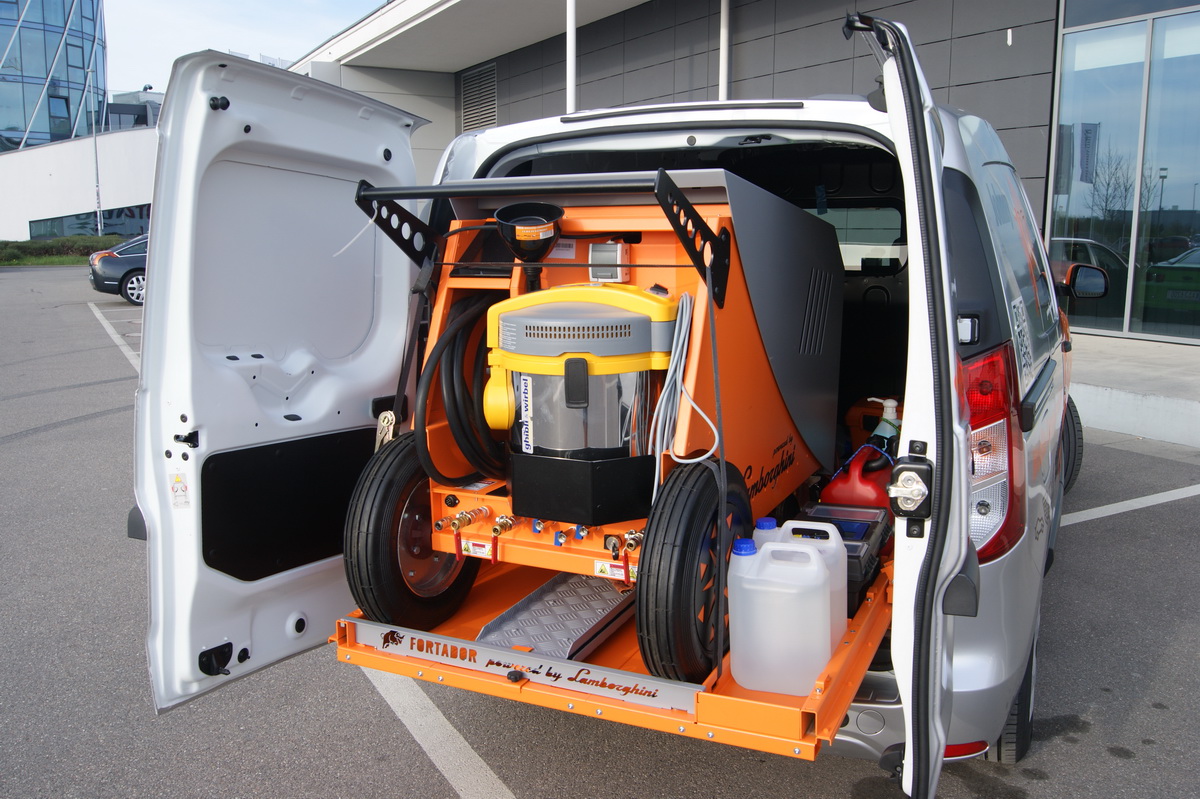
A mobile detailing system, a plastic water tank, and a pressure washer. Systems are often mounted on trailers, trucks, or vans. Typically, operators also have a generator to run shop blanks, buffers, and other tools.
- Car wash lift
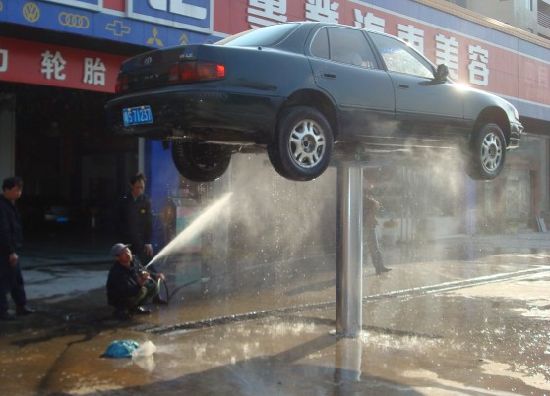
Cars are placed on a lift platform that can be used to wash the underside of the car.
- Touch-free
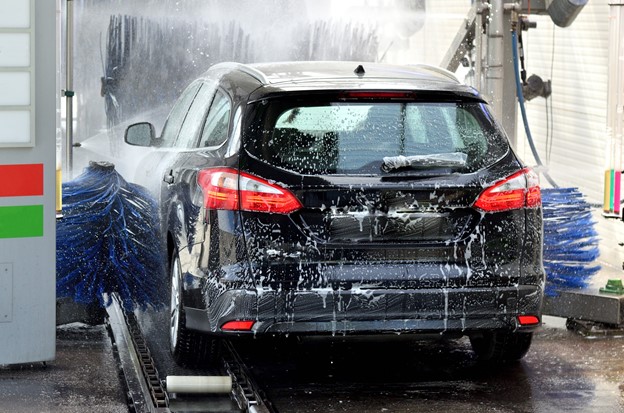
Touch less car washing technology is an innovative car wash system that reduces water consumption, chemical solutions, and time. Washing machinery uses high-pressure jets that measure the length and width of the vehicle.
Use of chemicals
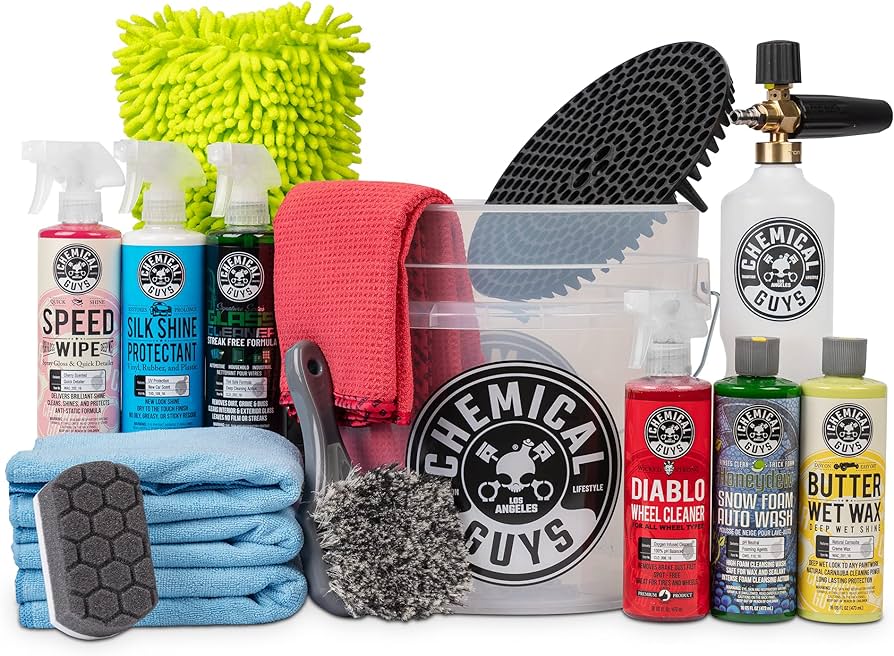
In modern car wash facilities, whether tunnel, in-bay automatic, or self-serve, detergents and other cleaning solutions are designed to loosen and remove dirt and grime. There has been a move in the industry to move towards safer cleaning solutions. Most car wash facilities are legally required to treat and/or reuse their water and may be required to maintain a wastewater discharge permit. This is in contrast to unregulated facilities or even driveway washing (at one’s home), where wastewater can flow into storm drains and ultimately into rivers, streams, and lakes.
A chemical car wash, or waterless car wash, uses chemicals to wash and polish the car’s surfaces. This method is claimed to be environmentally friendly, but it is only recommended for cars with light dirt accumulation to avoid paint damage.
Mechanical car washes, especially those with brushes, can damage the exterior finish. The paint finish and car wash process have improved. Further facilities use “brushless” (cloth) and “touch-free” (high-pressure water) equipment, as well as advanced “foam” washing wheels made of closed-cell foam.
Environmental factors
The main environmental considerations for car washing are:
- use of water and energy resources;
- surface water pollution;
- Contamination of soil and groundwater.
Water supply and energy use are self-evident since car washes are consumers of such resources. The professional car wash industry has made strides in reducing its environmental impact, a trend that will continue to accelerate due to regulation and consumer demand. Many car washes use water reclamation systems to significantly reduce water use and a variety of energy-saving technologies.
Contamination of surface waters can occur from leachate discharges into storm drains, which eventually flow into rivers and lakes. Important pollutants in such wash water include phosphate; oils and fats; and leadership. This is almost exclusively a problem for house/driveway washing and parking lot style charity washes. Professional car washing has a point source of discharge that can capture these contaminants, usually in an interceptor drain, so contaminants can be removed before the water enters the sanitary system. (Water and pollutants that enter storm drains are not treated and are discharged directly into rivers, lakes and streams.)
Soil contamination is sometimes associated with surface runoff and is associated with soil contamination from underground fuel tanks or auto servicing operations that are typically ancillary uses of car wash sites, but car washing is not a problem.
